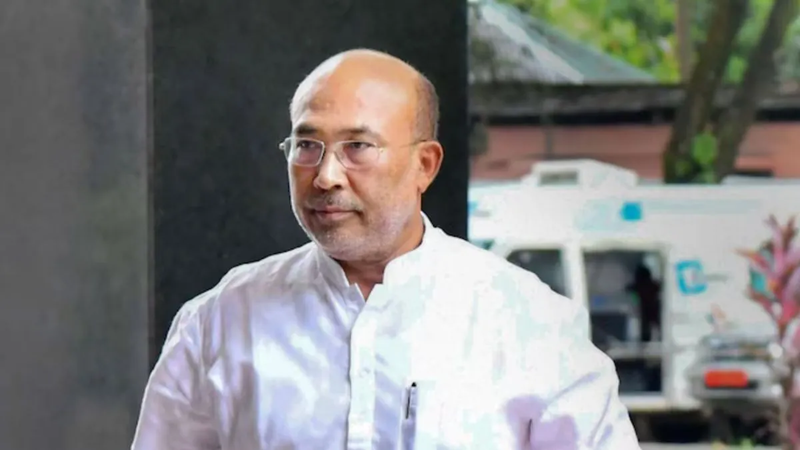
ACT triumph says Indian hockey here to rule
In recent years, Indian hockey has experienced a dramatic transformation. After decades of inconsistent performances and a declining international presence, the men’s team made lovers of the national sport proud by winning bronze at the recent Paris Olympics and followed that success with a victory at the 2024 Asian Champions Trophy. These accomplishments mark a significant shift in Indian hockey’s fortunes, driven by structural changes in the game and the team’s strategic evolution.
One of the most impactful changes in modern hockey has been the shift from two 35-minute halves to four quarters of 15 minutes each. This restructuring, while seemingly small, has reshaped the sport by creating more balanced and intense contests. The breaks at the end of each quarter allow for more frequent recovery periods. For India, this new format has been a crucial advantage. Historically, the team often struggled with maintaining stamina, particularly against physically stronger opponents. The introduction of 15-minute quarters allows players to sustain high levels of intensity throughout the game, reducing the risk of fatigue in the latter stages.
This format has also provided coaches with more opportunities to make tactical adjustments, a feature that Indian coach Craig Fulton has utilised effectively. In the past, physical superiority often gave certain teams an edge, especially in penalty corner situations and one-onone battles. Taller and stronger players typically had an advantage in these encounters. However, modern hockey has evolved, making physicality less critical to a team's success. This evolution has worked to India’s benefit. Indian players have long been recognised for their technical abilities, agility and speed, attributes that are now more significant in a faster-paced game. The current emphasis on quick transitions between defence and attack allows the Indian team to exploit its strengths in rapid ball movement and counter-attacking play. Players like Harmanpreet Singh and Manpreet Singh epitomise this style, excelling in both speed and technical skills. Today, success in hockey is often determined by a team’s ability to execute tactical changes and maintain positional discipline, rather than relying on physical dominance.
This shift has enabled India to outmanoeuvre physically stronger teams,. India’s recent success is also a product of the team’s tactical evolution. The game has increasingly prioritised strategy, requiring teams to adapt to different phases of play quickly. Under Fulton’s guidance, the Indian team has adopted a style that balances structured defence with swift counter-attacks. One of India’s standout strengths has been its efficiency in penalty corners and set-pieces. Historically, India has produced world-class drag-flickers, but the current team has elevated this to new heights. Led by Harmanpreet Singh, India has developed an exceptionally effective penalty corner routine, often converting these opportunities into crucial goals. Defensively, India has also improved significantly. Once considered a weakness, the team’s defensive line has become more organised and disciplined, with players like Amit Rohidas and Surender Kumar bringing muchneeded composure.
The Indian side’s ability to transition swiftly from defence to attack has allowed them to catch opponents off-guard and capitalise on turnovers. A critical aspect of India’s hockey renaissance has been the psychological shift within the team. For years, Indian players were burdened by the weight of the nation’s hockey history, haunted by the successes of a bygone era. The bronze medal at the Tokyo Olympics served as a turning point, lifting the pressure and instilling new confidence in the team. For many players, it marked the end of a long, frustrating wait for international glory
 English daily published in Bengaluru & Doha
English daily published in Bengaluru & Doha






